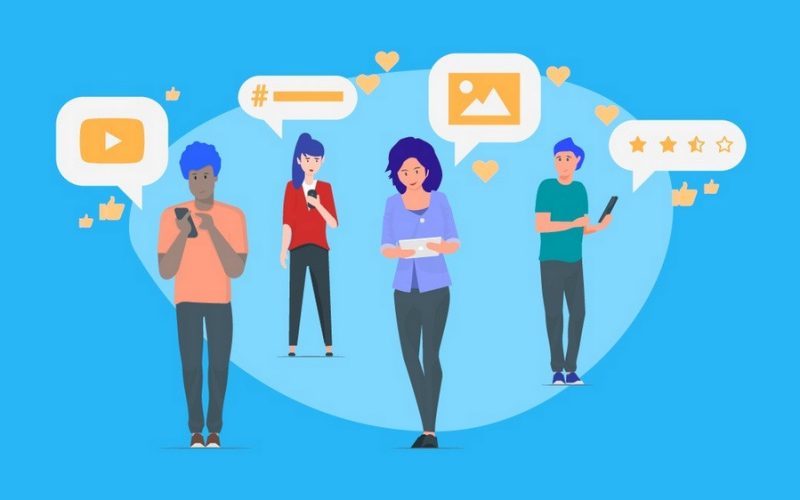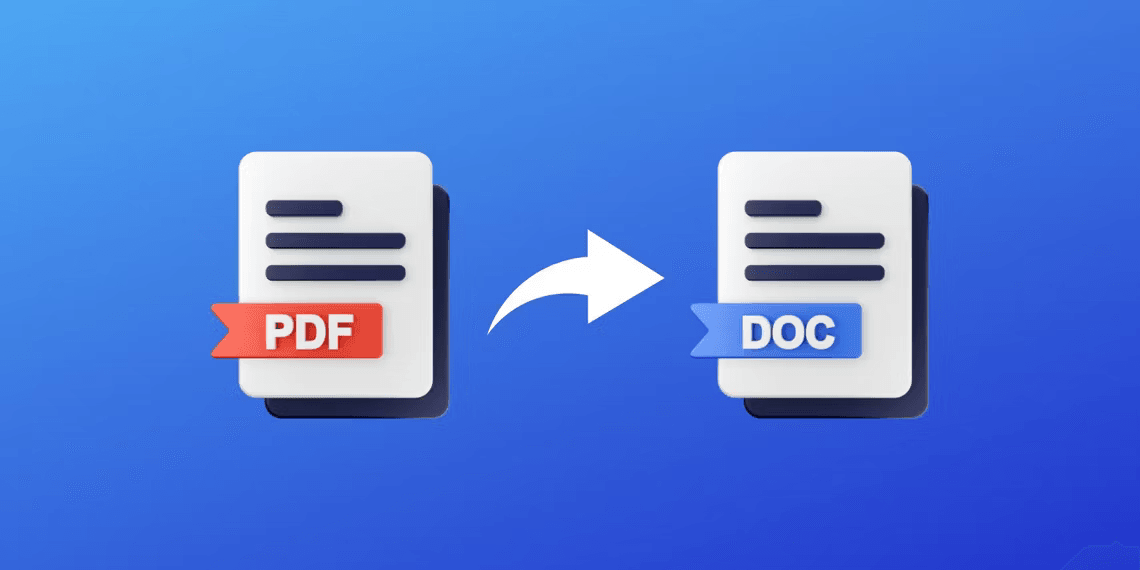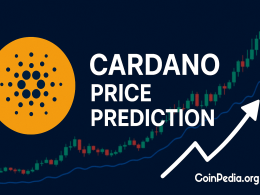In the digital age, the term “User-Generated Content” (UGC) has become synonymous with the democratization of media, enabling ordinary individuals to create, share, and influence global audiences. The evolution of UGC on social media platforms has redefined how content is produced and consumed, fostering a participatory culture that has reshaped the media landscape. This article delves into the journey of UGC, exploring its origins, development, and the profound impact it continues to have on social media and beyond.
The Genesis of User-Generated Content
The concept of User-Generated Content predates social media as we know it today. In the early days of the internet, platforms like forums and bulletin boards allowed users to share their thoughts and ideas. However, it was with the advent of Web 2.0 in the early 2000s that UGC truly began to flourish. This new phase of the internet emphasized user interaction, collaboration, and sharing, setting the stage for the rise of social media platforms.
The Rise of Social Media Platforms
The mid-2000s marked a transformative period with the emergence of platforms like MySpace, Facebook, and YouTube, which became the bedrock of UGC. These platforms provided users with tools to create profiles, share photos and videos, and interact with others, thus fostering a sense of community. YouTube, in particular, revolutionized the way videos were consumed, empowering users to become content creators in their own right. The viral nature of UGC on these platforms allowed individuals to reach audiences far beyond their immediate social circles.
The Democratization of Content Creation
The proliferation of smartphones and the advent of high-speed internet further accelerated the production and dissemination of User-Generated Content. With powerful cameras and editing tools at their fingertips, users could easily capture and share moments from their lives. This democratization of content creation blurred the lines between professional and amateur, allowing anyone with a smartphone to become a content creator.
Social media platforms continued to evolve, introducing features that encouraged user engagement and creativity. Instagram popularized visual storytelling with its photo-sharing capabilities, while Twitter became a hub for real-time news and microblogging. TikTok, a more recent entrant, has taken the world by storm with its short-form video format, encouraging creativity and virality.

The Impact of User-Generated Content
User-Generated Content has had a profound impact on various aspects of society, influencing everything from marketing strategies to political movements. In the realm of marketing, brands have recognized the power of UGC in building authenticity and trust. Consumers are more likely to trust recommendations from fellow users than traditional advertisements, leading to the rise of influencer marketing. Brands now actively encourage users to share their experiences and reviews, integrating UGC into their marketing campaigns to enhance engagement and credibility.
In the political sphere, UGC has played a pivotal role in shaping public opinion and mobilizing movements. Social media platforms have become powerful tools for activism, allowing individuals to share their stories and rally support for causes. The Arab Spring and the Black Lives Matter movement are notable examples where UGC helped amplify voices and drive social change.
Challenges and Concerns
Despite its many benefits, User-Generated Content is not without its challenges. The sheer volume of content generated daily poses significant moderation challenges for social media platforms. Ensuring the accuracy and reliability of information is a constant struggle, as misinformation and fake news can spread rapidly through UGC channels.
Privacy concerns also arise as users willingly share personal information online. The boundary between public and private life becomes blurred, raising questions about data security and user consent. Platforms must navigate these challenges while balancing the need for open expression with the responsibility to protect user privacy and safety.
The Future of User-Generated Content
Looking ahead, the evolution of User-Generated Content is poised to continue, driven by technological advancements and changing user behaviors. Artificial intelligence and machine learning are expected to play a significant role in content curation and moderation, helping platforms manage the vast amounts of UGC more effectively.
Virtual and augmented reality are also set to transform the way users create and consume content, offering immersive experiences that blend the digital and physical worlds. As these technologies become more accessible, they will open new avenues for creativity and storytelling, further blurring the lines between creators and consumers.
Moreover, the rise of decentralized platforms and blockchain technology may offer new models for content ownership and monetization, empowering users to have greater control over their creations. This shift could lead to a more equitable digital ecosystem where creators are fairly compensated for their contributions.
Conclusion
The evolution of User-Generated Content on social media has been nothing short of revolutionary, reshaping the way we communicate, share, and interact with the world. From its humble beginnings on early internet forums to its current status as a driving force in the digital age, UGC has empowered individuals to become creators, influencers, and change-makers.
As we move forward, the continued evolution of User-Generated Content will undoubtedly bring new opportunities and challenges. By embracing innovation and addressing the complexities of this dynamic landscape, we can harness the power of UGC to foster creativity, connection, and positive change in our increasingly interconnected world.










